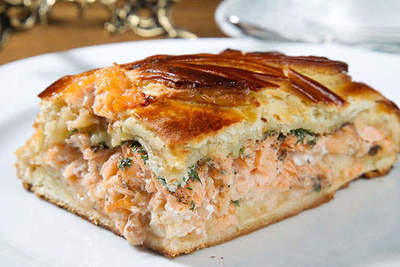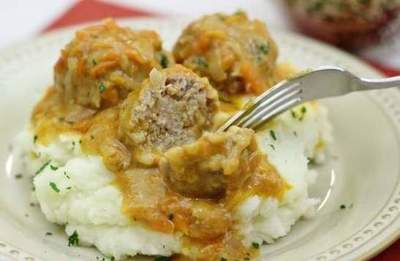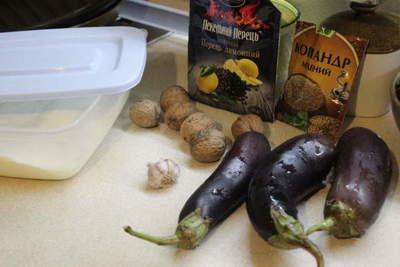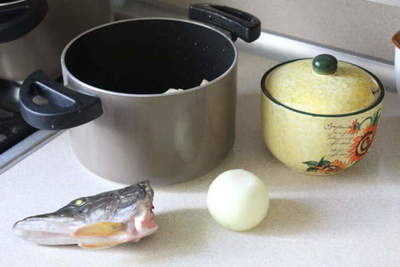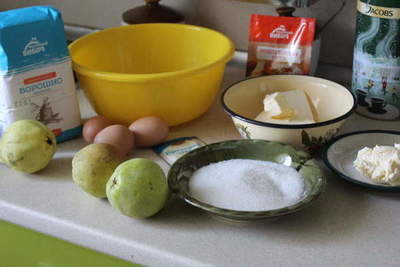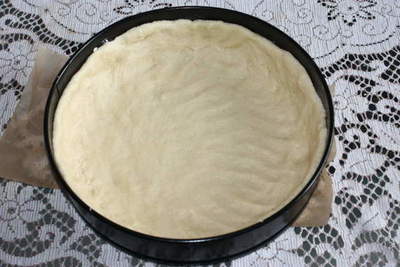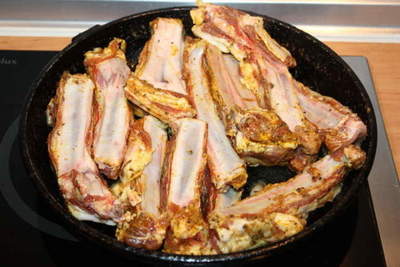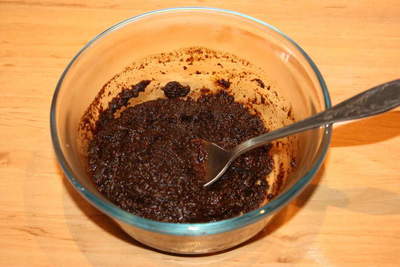The history of Easter eggs - where tradition has gone and why Easter dyed eggs in onion skins
Since time immemorial, Christianity was made to paint Easter eggs in onion skins. And there is quite a simple explanation for this ancient tradition. According to the canons of the Orthodox Church during the forty days of Lent, Christians forbidden to eat eggs. All eggs which demolished chickens in seven weeks of Lent, had to be some way to preserve fresh until Easter.

Our ancestors used for coloring eggs is only natural vegetable dyes. Eggs dyed in onion skins, decoction of oak leaves or elderberry. Over time, it has been observed that eggs that are boiled for half an hour in the infusion of onion peel, can remain fresh for a long time. Onion peel due to its antibacterial properties, is a good natural preservative. By boiling in the infusion husk formed on an egg-shell sealed casing prevents ingress of bacteria into the eggs. The remaining vegetable dyes such sterilizing effect do not possess. Although in ancient times people did not know much about germs, because that spoiled foods, a method how to preserve eggs for a long time unfit for consumption was found empirically.
On the day of the Resurrection of Christ, saved during Lent before Easter painted eggs began to eat. Such eggs was made to present as a gift to his fellow believers. Boiled in the infusion onion skin eggs at low humidity does not deteriorate. Boiled egg inside the shell gradually dries and hardens. If necessary, hardened ball which turned into an egg can be removed from the shell, grind with water and consume food. In the first Orthodox tradition was honored to maintain the church, donated krashanki for a whole year until next Easter.

eggs bring to the table and give to friends and family throughout the Easter holiday week in the modern world, the Christians accepted dyed and painted (pysanka).
Easter eggs hostess, according to tradition, was placed in a small wicker basket, the bottom of which is littered with green leaves of salad greens or wheat germ and oats grown specially for the holiday.
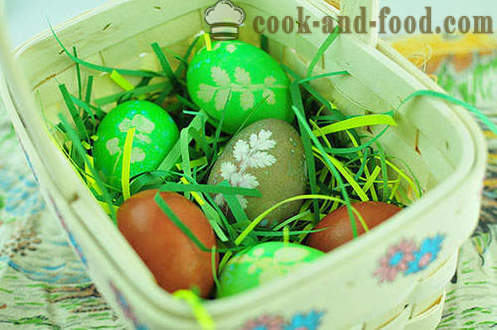
At Easter, usually festivities staged a mandatory attribute of which were playing with colored eggs. The favorite game was the orthodox people "riding eggs". In a small flat ground floor to make small indentations in which the eggs were laid out. Each participant of the game is to try using a small rag of a flattened ball beat the egg out of the hole.
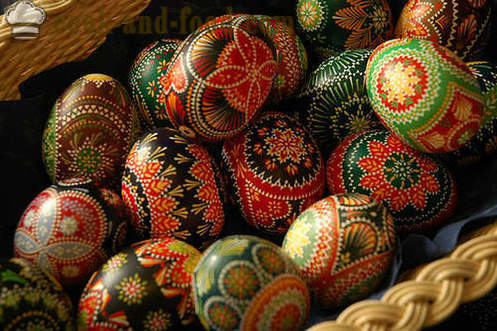
Back in the old days, some craftsmen began to make wooden Easter eggs, painted with various ornaments and patterns. Such souvenir eggs were very similar to Easter eggs. Naming they received - yaychata.
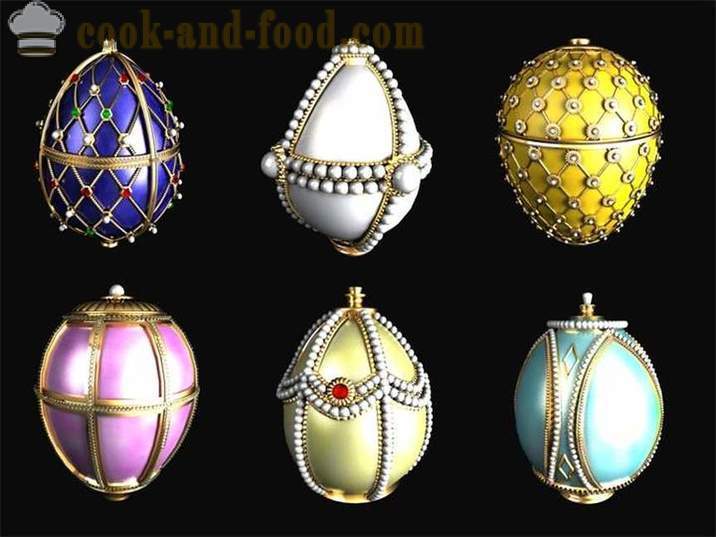
A little later began to make gold, silver and porcelain eggs inlaid with precious stones. The most famous of them - the jeweler Faberge eggs.
































